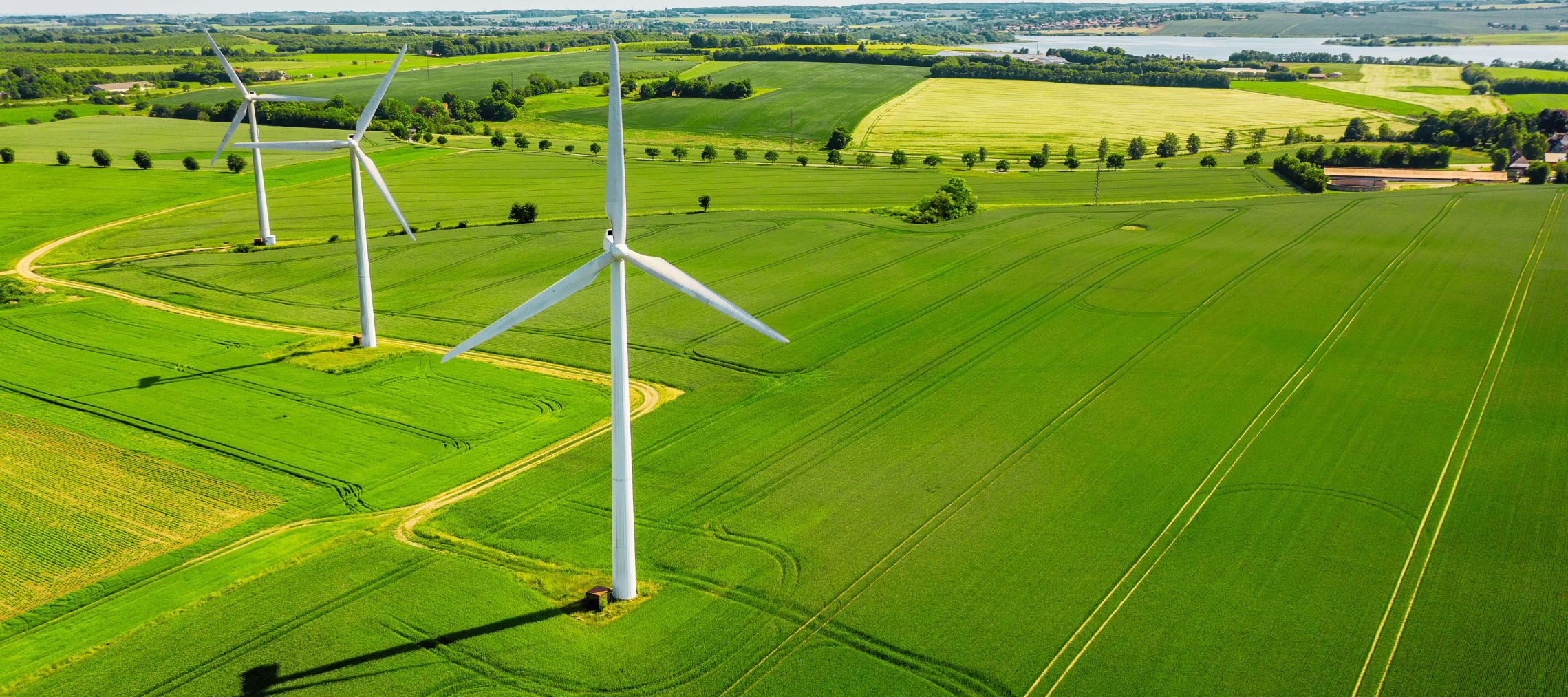The 2019 Pradhan Mantri Kisan Urja Suraksha evam Utthaan Mahabhiyan (PM-KUSUM) scheme aims to enhance energy security for farmers, while promoting the use of renewable energy (RE) in the agriculture sector. Of its three components, Component A focuses on the installation of decentralised grid-connected RE-based power plants, with capacities ranging from 500 kW to 2 MW, by farmers on their land. The component can provide an additional, stable stream of income to farmers through the provision of selling the excess electricity generated to the grid. This would remove farmers’ sole dependence on income from agricultural produce and offer protection against weather-induced
fluctuations in yields and prices of crops.
However, with only about 300 MW of RE-based plants installed, against a target of 10 GW by March 2026, the uptake under this component has not been encouraging. This slow adoption can primarily be attributed to the absence of direct subsidies, which disproportionately affects small and marginal farmers—a significant portion of India's agricultural community. Limited access to capital (mainly loans) for this vulnerable category is another contributing factor.
For realising the true potential of PM-KUSUM’s Component A for transforming India's agricultural landscape, it is important that the government implements a holistic FPO strategy to remove the financial barriers faced by small and marginal farmers in accessing the benefits under the scheme.
Read more
